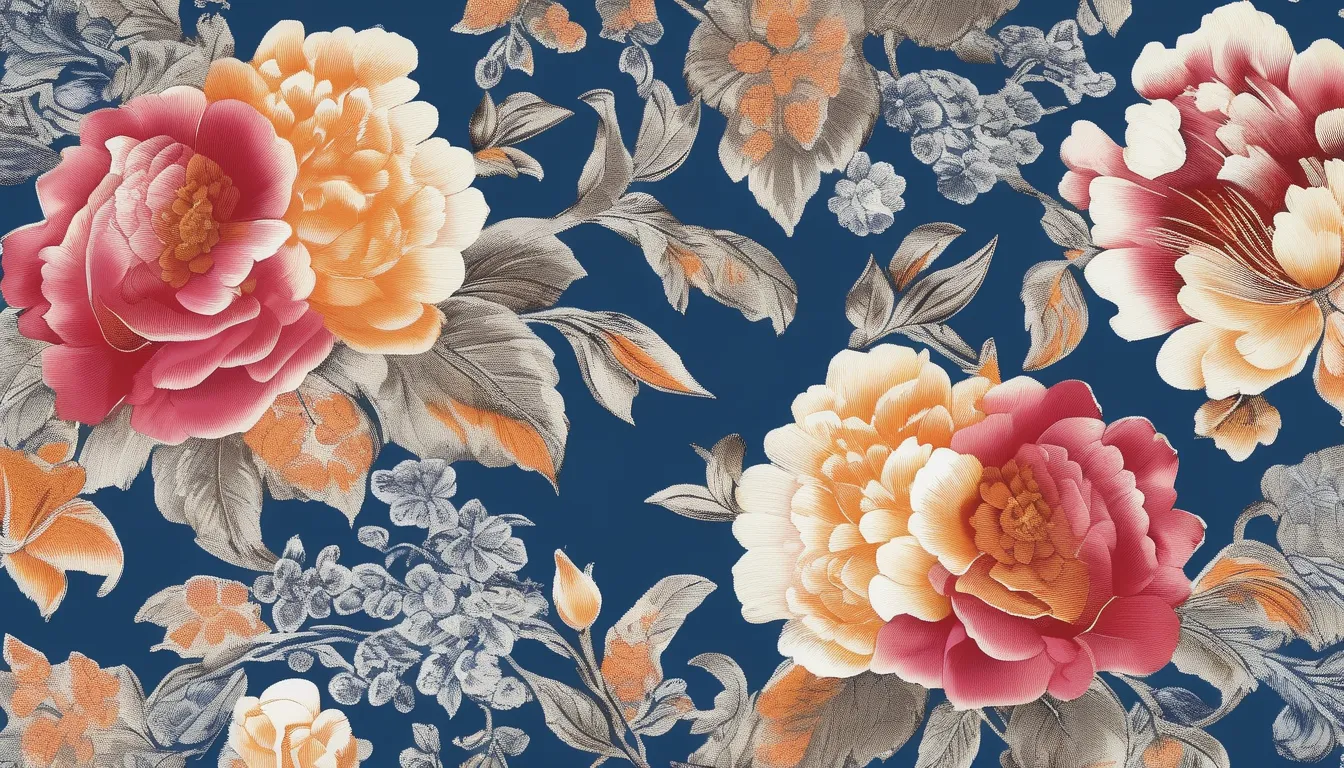You’ve got a design concept that you’re eager to bring to life on luxurious silk fabrics. You’re likely wondering how to transform your idea into a high-quality print that showcases your creativity and attention to detail. From selecting the ideal silk fabric to ensuring precise, vibrant prints with intricate details, the silk printing process can be complex. But with the right techniques and expertise, you can achieve stunning results. What does it take to turn your concept into a beautiful, one-of-a-kind silk print, and how can you ensure that your vision is executed flawlessly?
Understanding the Silk Printing Process
Before you dive into silk printing services, understanding the silk printing process is crucial. The process begins with preparing the screen, which involves coating it with a light-sensitive emulsion and allowing it to dry.
Once the screen is ready, you’ll need to create a film positive of your design, which is essentially a transparent sheet with your design printed in black ink.
The screen is then exposed to light through the film positive, causing the emulsion to harden in areas that aren’t exposed to light. The screen is then washed with water to remove the unhardened emulsion, leaving a negative image of your design on the screen.
The screen is then attached to a printing press, and ink is pushed through the screen to create the design on the fabric.
You should also know that خدمات چاپ سیلک printing can be done using various techniques, such as manual or automatic printing, and different types of ink, such as plastisol or water-based ink.
Understanding the basics of the silk printing process will help you make informed decisions when choosing a silk printing service.
Preparing Designs for Print
Preparing Designs for Print
Now that you have a solid understanding of the silk printing process, it’s time to focus on preparing your designs for print.
Your design file should be high-resolution, preferably in a vector format like AI or EPS, to ensure crisp and clear prints.
Make sure your design is the correct size for your intended product, taking into account any bleed areas and margins.
You’ll also need to consider the color mode of your design. Silk printing typically uses CMYK, so convert your design to this mode if it’s not already.
Be aware that colors may appear differently on silk compared to digital screens, so it’s essential to proof your design before printing.
Keep in mind that silk printing has limitations, such as the maximum number of colors and the detail level.
Simplify complex designs and avoid fine details that may not print clearly.
Ensure your design is mirrored or reversed if necessary, as this will depend on the type of garment or product being printed.
Choosing the Right Silk Fabric
When selecting the right silk fabric for your printing needs, you’re not just choosing the material – you’re also determining the final look and feel of your product. Different types of silk fabrics have unique characteristics that can affect the final result.
For instance, Charmeuse silk has a smooth, lustrous surface that’s ideal for vibrant colors and detailed designs. On the other hand, Dupioni silk has a textured, iridescent sheen that adds depth and visual interest to your prints.
Consider the intended use of your product when choosing a silk fabric. If you’re creating scarves or clothing, you may prefer a lightweight, soft fabric like Habotai or Chiffon. For home decor or upholstery, a heavier, more durable fabric like Velvet or Taffeta might be more suitable.
It’s also essential to think about the care and maintenance requirements of the fabric. Some silk fabrics can be machine washed, while others require dry cleaning.
Advanced Printing Techniques Used
What sets your silk prints apart from others – is it the technique or the execution? When it comes to advanced printing techniques, it’s often a combination of both.
You’re likely looking for methods that offer precision, quality, and versatility. One such technique is dye sublimation printing, which involves transferring ink onto the silk fabric using heat. This method is ideal for full-color prints and creates a soft, breathable finish.
Another technique you might consider is screen printing, which uses a mesh screen to apply ink onto the fabric. This method is well-suited for bold, graphic designs and can produce high-quality results with minimal fading.
Digital printing is also an option, allowing for intricate details and photorealistic images. If you’re looking for a more specialized technique, consider discharge printing, which uses a chemical solution to remove the dye from the fabric, creating a unique, distressed effect.
Quality Control and Finishing Touches
You’ve invested time and resources in designing your silk prints, and now it’s time to ensure they meet your expectations.
Attention to detail is paramount in delivering high-quality silk prints. You’ll want to inspect your prints carefully for any defects or irregularities.
This includes checking the color accuracy, print registration, and fabric quality.
As you inspect your prints, you’ll also want to check for any finishing touches that may be required.
This can include folding, cutting, or packaging your prints in a way that makes them easy to use or display.
You may also want to consider adding a protective coating to your prints to prevent fading or damage.
Conclusion
You’ve now gained a deeper understanding of the silk printing process and the exceptional services offered. From concept to creation, you’re guided through selecting the ideal silk fabric, preparing your designs for print, and utilizing advanced techniques like dye sublimation and screen printing. With meticulous quality control and customized solutions, your vision is transformed into high-quality prints on luxurious silk fabrics. Your unique needs are met, and your designs come to life.





